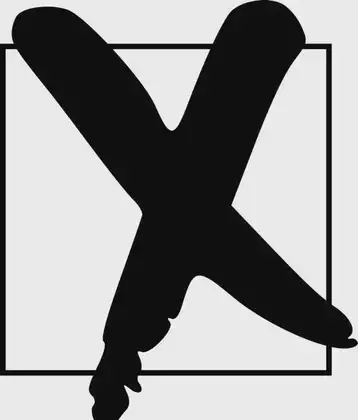
Rome was in midst of its early expansion with wars against its neighbors, notably the Etruscans in the 5th century BC
At the end of the century it was engaged in a bitter struggle with Veii, a strongly fortified Etruscan city. The great Roman hero and dictator, Camillus, conducted a long siege that ended in 396 with Rome destroying Veii and annexing all its territory.
Thus it was, that the sudden arrival of the Gauli (Celts) was such a stunning blow. The Celts had already crossed the Alps and pushed the Etruscans out of most of the Po River valley. These Celts were a small part of the general migration of tribes from their empires base along the Danube.
The Insubres were among the first to defeat the Etruscans near Melpum (Milan). They were followed by the Cenomani, Boii, and Lingones.
Then, in 390 one of the late arriving Celtic tribes, the Senones, crossed the Apennines and appeared before Clusium. They were looking for plunder, rather than for land to settle. The town apparently sought help from Rome. Roman envoys arrived to negociate, but instead of acting as neutrals they joined the locals and one even may have killed a Celtic chief.
The Romans are said to have insulted the Celts, who promptly marched on the city. (This part of the story may be a legend designed to explain the subsequent disaster in terms of retribution or divine punishment). In any event the Celts abandoned the siege of Clusium and decided on seeking the greater potential of plunder at Rome itself.
The Celtic army numbered perhaps 30,000 savage warriors. The Roman army was hastily drawn up in battle by the river Allia, a tributary of the Tiber. They had only two legions, which would be about 10,000 counting cavalry detachments, still the largest army Rome had fielded by that time..(Some ancient sources like Diodorus give the strength as 70,000 Gauls versus 40,000 Romans, but they usually exagerate).
According to the legend they were abandoned by all their allies. They had never faced such warriors before. The army was drawn up for battle about 11 miles from the city, near Fidenae. The various authorities disagree on which bank of the Tiber they stood. Mommsen says the right bank, but Scullard argues well for the left bank.
The Celts quickly turned the Roman flank and drove most of them into the river. Others fled in panic to Veii, leaving the way to the city open. Livy repeats the various legends that grew up about the subequent events.
This was one of, if not the most, traumatic event in the city’s early history. When the Celtic army, led by Brennus arrived they found the city gates open and the streets apparently deserted.










